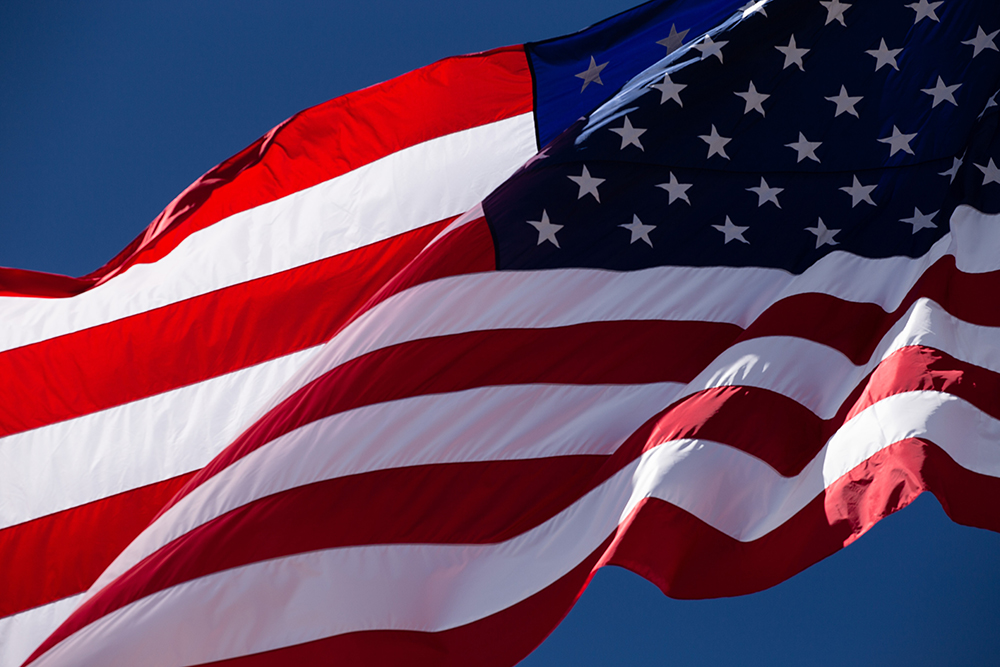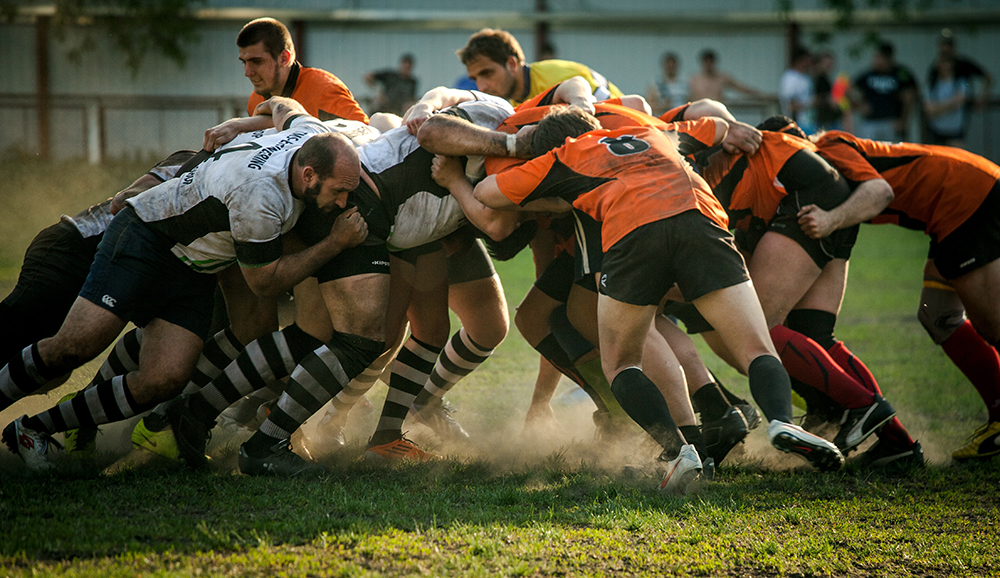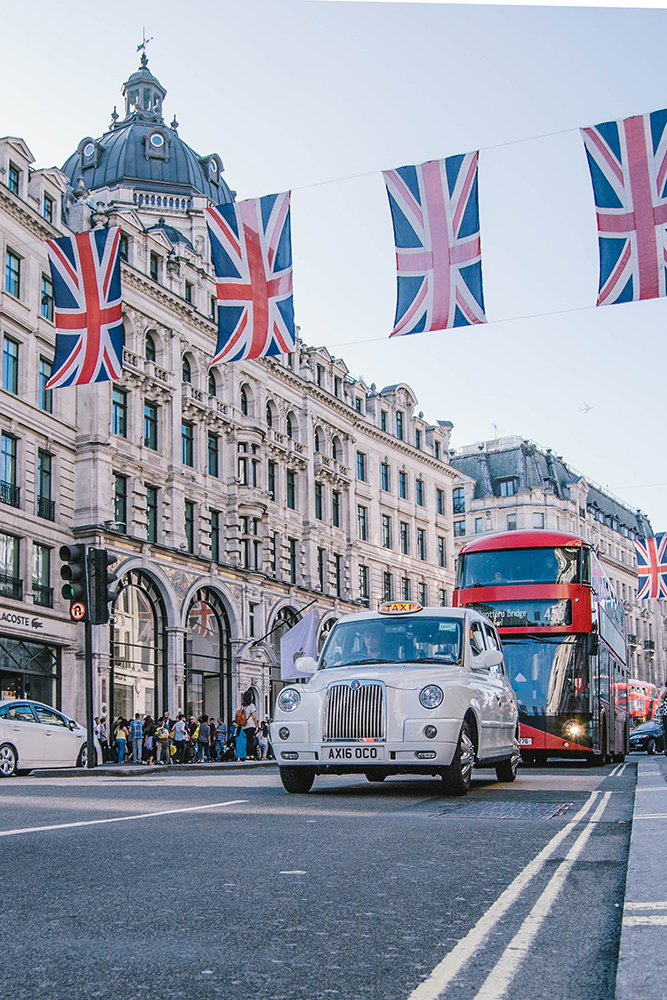
SINGAPORE: The launch of an air travel bubble with Hong Kong can be launched when conditions are right, said Minister for Transport Ong Ye Kung on Friday (Mar 5).
The much-anticipated air travel bubble between Hong Kong and Singapore was originally scheduled to begin on Nov 22 last year but was later suspended due to a spike in cases in Hong Kong.
Advertisement
Advertisement
The arrangement would have allowed residents to travel between the two cities subject only to COVID-19 tests, without the need for quarantine or isolation.
We will not give up on the idea, said Mr Ong, speaking during the Committee of Supply debate for the Transport Ministry.
The aviation sector has battered by the COVID-19 pandemic and border restrictions imposed by governments around the world.
Advertisement
Advertisement
For the industry to recover, quarantine and stay-home notices (SHN) need to be replaced with other methods that can also substantially mitigate the risk of coronavirus transmission, said Mr Ong.
He listed several examples, including COVID-19 testing and placing travellers in a bubble wrap, where they are subject to a tight itinerary and placed in restricted premises away from the community.
Another idea is to recognise that travellers from certain places that have successfully controlled the virus are safe, he said.
Advertisement
That is why we unilaterally opened our borders to places such as Australia, New Zealand, Brunei and China, he said, noting that this has not led to an increase in local transmission.
If other places reciprocate what we do, we have an air travel bubble (ATB), he added.
We have yet to launch an ATB successfully. We were close, but we could not. But we have now an agreed text with Hong Kong, and the ATB can be launched when conditions are right, he said.
VACCINATIONS
COVID-19 vaccinations are also a new critical development that can help revive aviation, said Mr Ong.
As more scientific data becomes available, we will be able to ascertain the extent to which vaccination reduces the likelihood of someone carrying the virus and passing from somebody else. This will enable us to allow vaccinated individuals to travel with fewer restrictions, perhaps even without SHN, said Mr Ong.
He noted that this will require a system of certification, adding that Singapore has been active in discussions on the topic both at a bilateral level as well as at international platforms like the International Civil Aviation Organization.
Frontline workers in the aviation and maritime sectors have been “substantially vaccinated”, with 85 per cent having received both doses of the vaccine, he said.
The different methods of safely reopening travel must not work in isolation, said Mr Ong.
For example, an ATB is a combination of identifying safe places and imposing test requirements, he said.
I see ATBs playing a key role in safe opening this year. Because as vaccinations bring down infections across the world, more countries will be prepared to forge ATBs, he added.
We can also identify places with low to moderate infection rates, and combine vaccination and tests, even bubble wrap travel, to open up travel corridors.
We will do our best to make these arrangements bilateral so Singaporeans can travel outwards too.
RECOVERY
Passenger volume at Changi Airport is now at 2.5 per cent of its pre-pandemic level, compared with 0.5 per cent when COVID-19 first struck, said Mr Ong.
Flight movements look better, at one-quarter of pre-COVID-19 levels. This is to a large extent due to a larger number of cargo flights, he said.
Changi Airport is now connected to 66 cities around the world, compared to 160 cities pre-pandemic, he added, noting that this is expected to grow to about 80 cities in the coming months.
The aviation sector lost about 6,000 jobs as of the third quarter of last year, based on the Labour Market Survey, he said.
Of these, about 500 were retrenchments while the rest were from early retirement and non-renewal of contracts, he said, adding non-residents shouldered the great majority of the reduction.
While it is not realistic to expect a V-shaped recovery for aviation, the availability of vaccines – as well as the realisation of world governments that borders cannot be closed perpetually – will lead to the re-opening of some borders and some recovery this year, said Mr Ong.
Our mission this year is not so much to force this sharp recovery of the aviation sector, but to adapt to a new normal, to reopen safely, to build up confidence, to test workable concepts and strengthen the belief that Changi Airport will still be an international air hub post-COVID-19.
NEW RAIL FINANCING FRAMEWORK
Mr Ong also touched on the financial sustainability of Singapore’s land transport system.
Train fares are not enough to cover operating costs such as manpower and electricity, as well as the maintenance and renewal of operating assets such as signalling systems, he said.
The Government subsidises rail operations to the tune of S$1 billion per year, with a similar amount spent on subsidising public buses here, said Mr Ong.
The bill to taxpayers cannot keep ballooning, to avoid leaving future generations with a growing financial burden, he said.
He noted that the MRT system had transitioned to the New Rail Financing Framework (NRFF) in 2016, where the Government takes over the ownership and replacement of operating assets.
The Downtown Line operates on the first iteration of the NRFF, where operators pay a fixed fee. This is not ideal as operators bear “significant commercial risk”, bearing losses should operating costs exceed fare revenue.
On the North-South, East-West, North-East and Circle lines, this model was adjusted to reduce commercial volatility, with the Government cushioning the blow should there be “big losses”, Mr Ong noted.
For the Thomson-East Coast Line, the Government collects all the fare revenue, bears all revenue risk and grants the operator a fee to run the line during the initial period when ridership is unstable.
This arrangement will revert to the second model once ridership stabilises, said Mr Ong.
“So recognizing that the NRFF has evolved over the years, we will review our arrangement for the Downtown Line, given that it’s still on NRFF version one, and this will be done with a view to ensure that the operator will run the line reliably with high productivity and that the line is sustainable,” he said.

 Subscribe to The Daily Telegraph to get unrestricted digital access, home paper delivery, Apps for iPad and Android, member only +Rewards and much more…
Subscribe to The Daily Telegraph to get unrestricted digital access, home paper delivery, Apps for iPad and Android, member only +Rewards and much more…  Do you compost or buy second hand?
Do you compost or buy second hand?  The Newsreader review: Exhilirating Australian prestige drama
The Newsreader review: Exhilirating Australian prestige drama  Local shares fell on Friday as investors make last-minute adjustments to their portfolios ahead of the main index’s rebalancing, while unease over rising infections grows.
Local shares fell on Friday as investors make last-minute adjustments to their portfolios ahead of the main index’s rebalancing, while unease over rising infections grows. 


